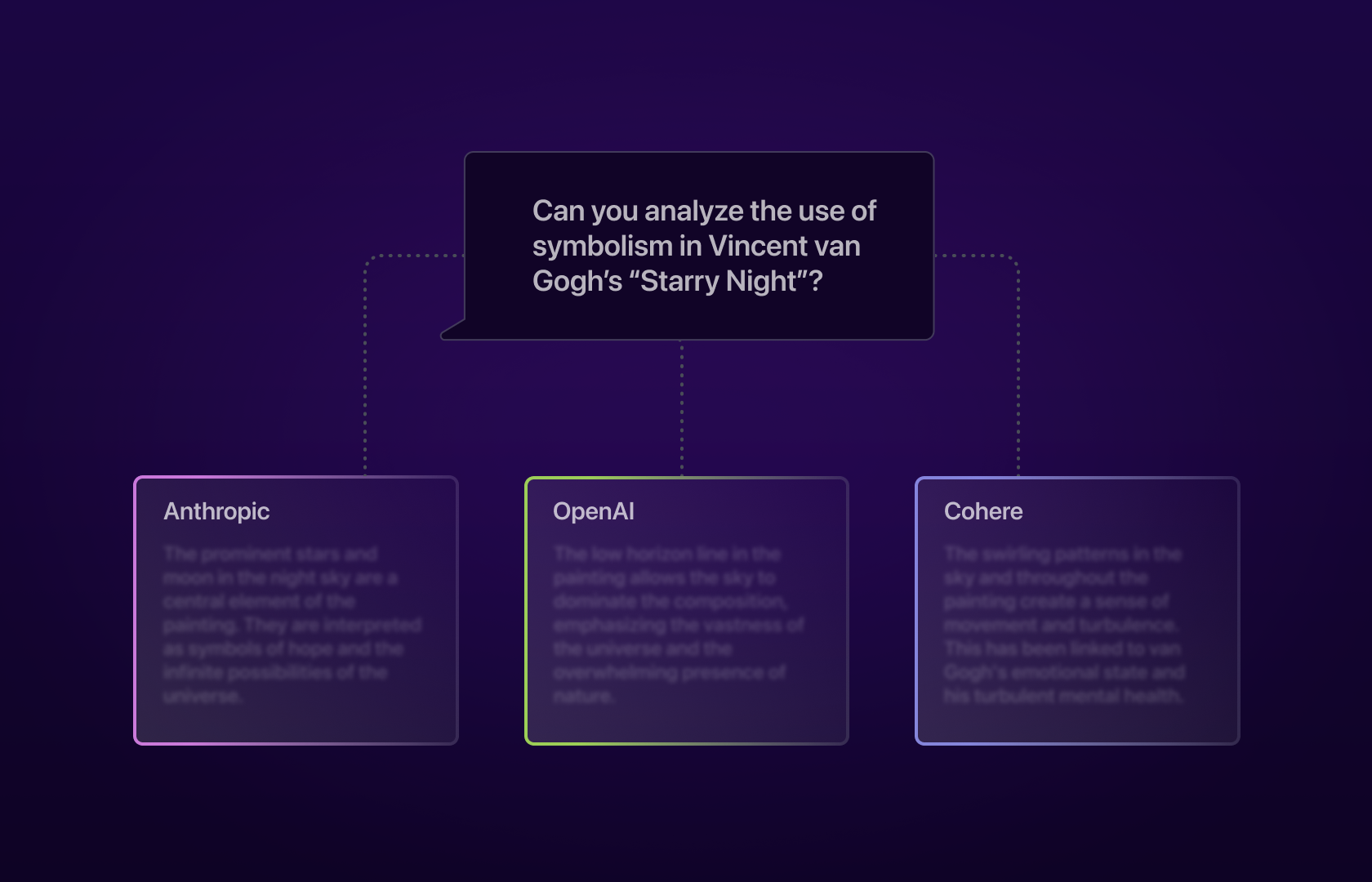The Dependency Dilemma
Many companies have relied on generic cloud API models from providers like OpenAI and Cohere to get LLM features to market quickly. While this approach may seem to be the norm, it's essential to understand the partner dependency risks involved.
A helpful analogy can be found in the early days of social media marketing. In those initial stages, businesses could purchase social ads at prices significantly below their market value. This low-cost advertising opportunity, akin to an arbitrage opportunity, allowed companies to grow and thrive on social platforms.
Fast forward a decade, and the landscape has changed dramatically. Those same e-commerce companies now find themselves in a crunch as social media channels have adjusted their pricing to capture more profit, reflecting the true value of their reach.
Could those who depend solely on API models face a similar fate? Investors and industry experts are beginning to acknowledge the risks associated with API dependency. As API providers recognize and capitalize on this reliance, the unit economics of LLM products can deteriorate quickly, eating away at precious margins.
Control Your Destiny
We recommend companies start with API models because they are highly effective and can accelerate the search for product-market fit. However, we also advise them to establish a solid foundation for potentially training proprietary, open-source models in the medium to long term.
This isn't just a matter of keeping pace with competitors; it's about preserving the economic viability of your business. Here's why:
- Cost: By owning your models, you're not at the mercy of third-party price changes. You control the cost structure, preserving your margins.
- Control: Owning your models reduces the dependency on external providers. You dictate your terms, innovate at your pace, and avoid being blindsided by sudden API terms or performance changes.
- Customization: Developing your models enables you to fine-tune them to your specific needs, ensuring they align with your unique product and market requirements.
Control Your Destiny with Autoblocks
But how do you transition from API dependency to model ownership? This is where Autoblocks comes in.
- Ingest all of your telemetry data. Our platform is engineered to be performant, economical, and secure when ingesting large amounts of event data. In our Don't Waste Valuable LLM Telemetry Data blog post, you can read more about what sort of telemetry data to send to Autoblocks.
- Curate your data. Autoblocks enables you to perform top-down dataset curation. After sending all of your data in, you can use filters and labels to selectively whittle down to the specific data you want to train on.
Controlling your technology’s destiny is essential in the rapidly evolving AI landscape. Autoblocks offers the tools and resources to help you navigate this complex field with strategic foresight and flexibility.
Conclusion
Open-source models are not just a competitive edge but a strategic necessity. By aligning with Autoblocks, you position your enterprise to grow, innovate, and prosper, free from the dependencies that have ensnared so many others.
It's time to take control of your destiny in the age of AI. Autoblocks is here to guide the way, providing the tools and support to ensure you navigate the AI landscape with confidence, integrity, and an eye on the future.

